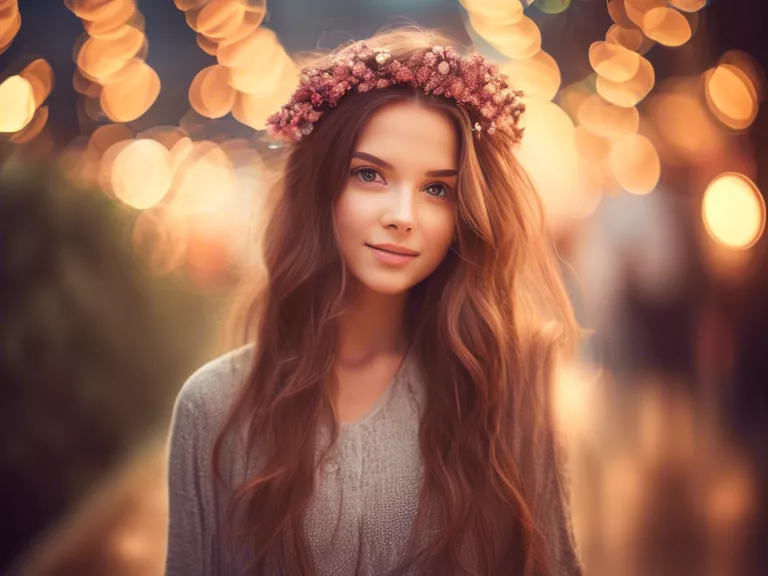
Bokeh effects can add a beautiful, dreamy quality to your portrait photography. Learn how to use this technique to create stunning images that capture the essence of your subject in a unique way.
First, it's important to understand what bokeh is. Bokeh refers to the aesthetic quality of the out-of-focus areas of a photograph. It typically appears as soft, blurry circles of light in the background of an image. By intentionally creating bokeh effects, you can draw attention to your subject and create a sense of depth in your photos.
To achieve bokeh effects in your portrait photography, you'll need a lens with a wide aperture (such as f/1.8 or f/1.4) and a shallow depth of field. This will allow you to create a separation between your subject and the background, making it easier to achieve the desired bokeh effect.
To enhance the bokeh effect, consider using a prime lens with a longer focal length. This will help to further isolate your subject and create a more pronounced bokeh effect in the background.
When composing your portrait shots, look for light sources in the background that can be transformed into bokeh circles. These could be streetlights, Christmas lights, or even sunlight filtering through tree branches. Experiment with different angles and compositions to find the most visually appealing bokeh effects for your photos.
In post-processing, you can further enhance the bokeh effect by adding a subtle blur to the background of your photos. This can help to create a more cohesive look and draw even more attention to your subject.
By mastering the art of bokeh effects, you can take your portrait photography to the next level and create stunning, dreamy images that truly capture the essence of your subject.



